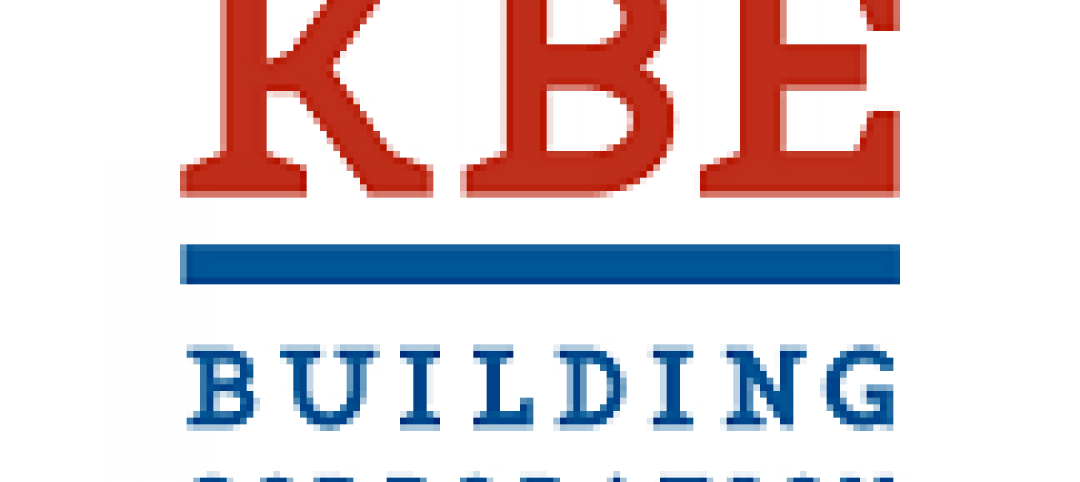 |
| Only 20 geothermal boreholes were drilled at the WestJet complex because a majority of the piping was embedded in the building’s structural piles. |
19. Hybrid Geothermal Technology
 |
20. Kinetic Road Plates Power Purchases
 |
| Graduate student Shawn Shields checks server performance while Dr. Yogendra Joshi looks on at Georgia Tech’s simulated data center. |
21. Cutting the Cooling Load of Data Centers by 15%
Researchers at the Georgia Institute of Technology, Atlanta, are using a 1,100-sf simulated data center to develop and evaluate new ways of controlling heat in commercial data centers, one of the fastest-growing building types in the country. The researchers, led by Professor Yogendra Joshi of the Woodruff School of Mechanical Engineering, have found ways to cut energy center cooling costs 15% by rearranging servers and space for optimal airflow patterns. Their simulated data center uses several different cooling systems, partitions to change room air volumes, sophisticated thermometers attached directly to a server's motherboard, and both real and simulated airflow sensors to measure the output of fans and other systems. The research is sponsored by the U.S. Office of Naval Research and the Consortium for Energy Efficient Thermal Management.
Related Stories
| May 1, 2012
Construction is underway on MLK ambulatory care center in L.A.
Featuring a variety of sustainable features, the new facility is designed to achieve LEED Gold Certification.
| Apr 30, 2012
Summit Design + Build completes build-out for Office Concepts
The project is seeking LEED ID Silver certification from the U.S. Green Building Council.
| Apr 30, 2012
KBE Building completes renovation at the ConnCAT
The $1.2 million project consisted of a 16,000-sf interior renovation.
| Apr 27, 2012
China Mobile selects Leo A Daly to design three buildings at its new HQ
LEO A DALY, in collaboration with Local Design Institute WDCE, wins competition to design Phase 2, Plot B, of Campus.
| Apr 26, 2012
Gensler's Leiserowitz: Employs holistic philosophy to foster clients' creativity, comfort
Leiserowitz became regional managing principal in Chicago for San Francisco-based architecture and design giant Gensler a little more than a year ago.
| Apr 25, 2012
Thornton Tomasetti/Fore Solutions provides consulting for Biologics Support Center
Project receives LEED Gold Certification.
| Apr 25, 2012
J.C. Anderson selected for 50,000-sf build out at Chicago’s DePaul University
The build-out will consist of the construction of new offices, meeting rooms, video rooms and a state-of-the-art multi-tiered Trading Room.
| Apr 24, 2012
Roofing Supply Group acquired by Clayton, Dubilier & Rice
RSG provides a complete offering of residential and commercial roofing materials and related supplies.
| Apr 24, 2012
McLennan named Ashoka Fellow
McLennan was recognized for his work on the Living Building Challenge.
| Apr 24, 2012
AECOM design and engineering team realizes NASA vision for Sustainability Base
LEED Platinum facility opens at NASA Ames Research Center at California’s Moffett Field.
















